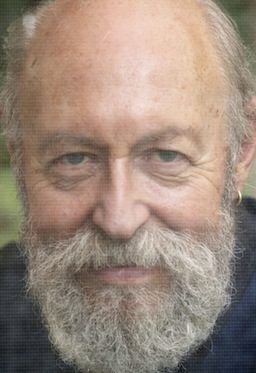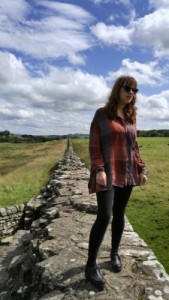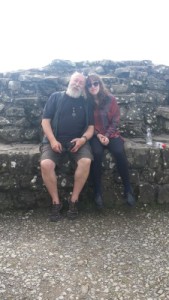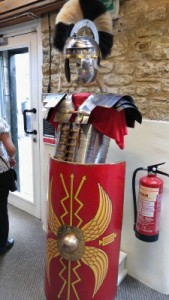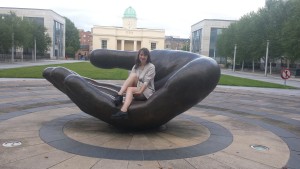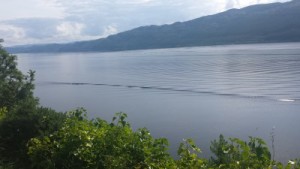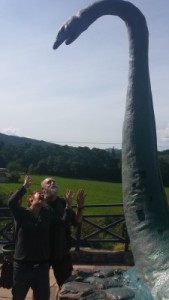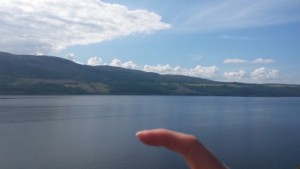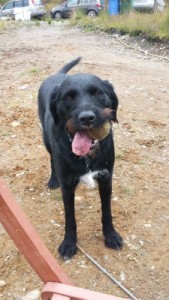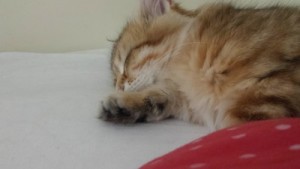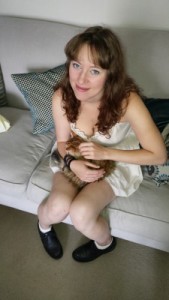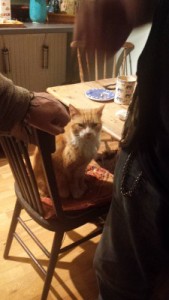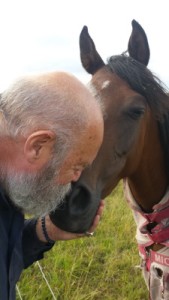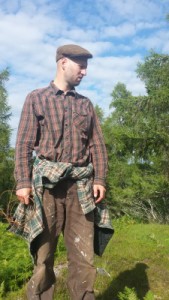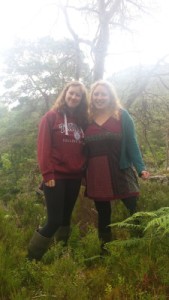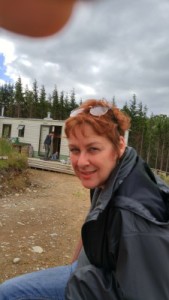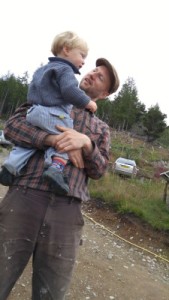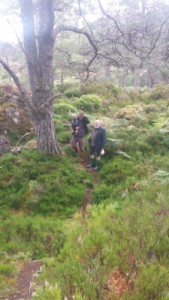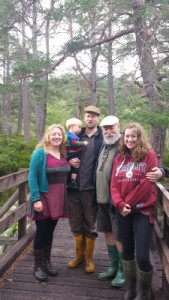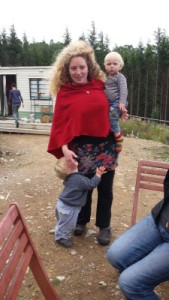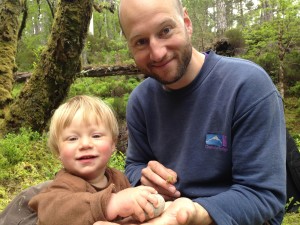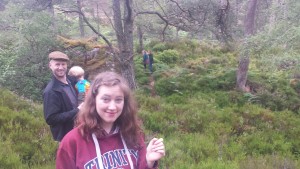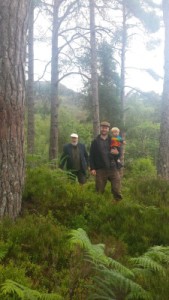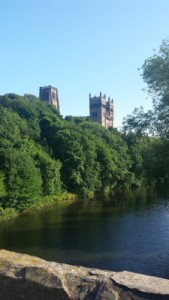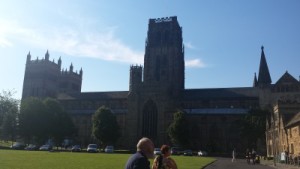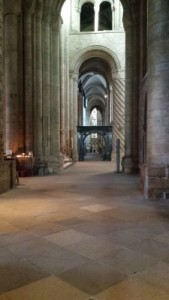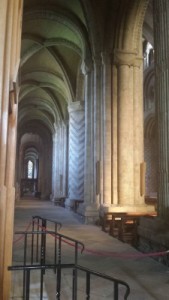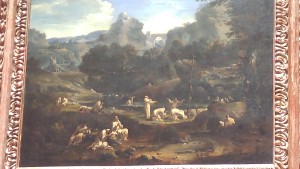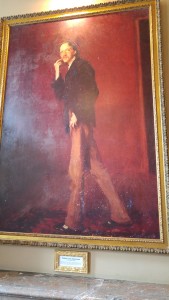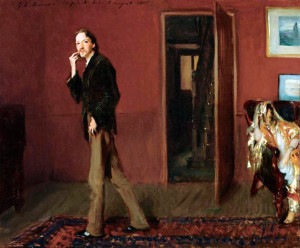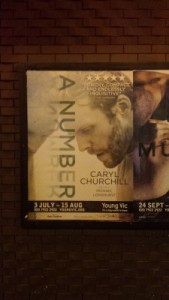
Lex Shrapnel on the programme
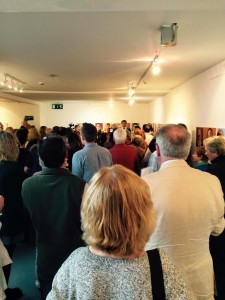
Thronging crowds!
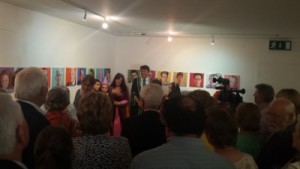
Mayor Pat English opens the exhibition
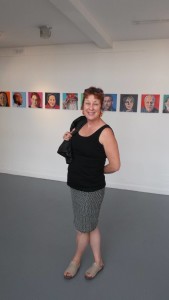
Claire in her pomp
While in London we saw my old friend John Shrapnel, appearing in a Caryl Churchill play about a father and son, A Number – wonderfully performed by John and his son Lex (Alexander Carey) – seen here on the programme, who was quite superb, as was his Dad. The jewel and climax of our trip came in Claire’s hometown of Clonmel, where her marvellous portraits were shown to great acclaim, and the amazement of some of the ‘victims’ – the subjects of the portraits – some of whom were even unaware that they were being painted, since Claire had solicited photographs of a hometown relative, and managed to paint the subject to the life. Upstairs at the gallery I gave my Tales of Old Hollywood talk, punctuated by an ancient film fan who interrupted constantly, to the audience’s mingled annoyance and amusement. He was a hoot and gave me plenty of fodder.
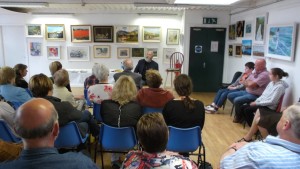
Tales of Old Hollywood also draw a crowd
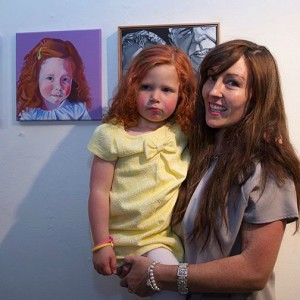
Sitter – and portrait
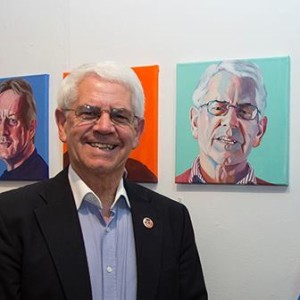
Another sitter with his portrait
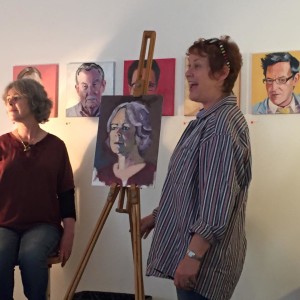
The teacher at work
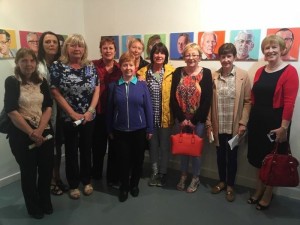
Claire amid old schoomates
